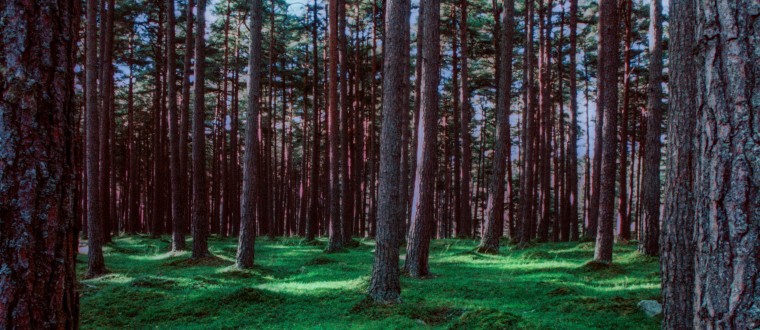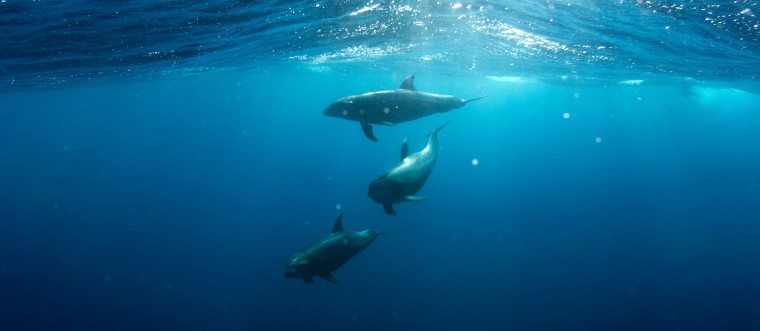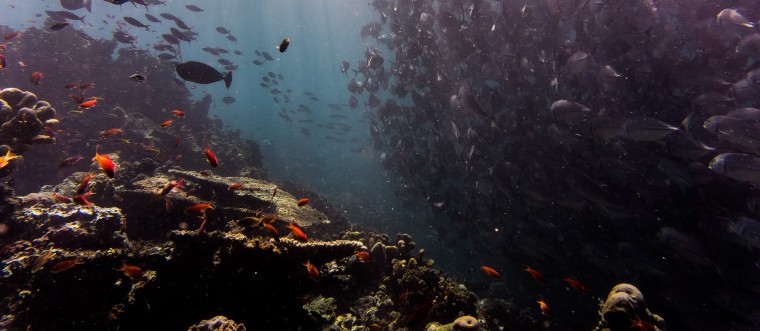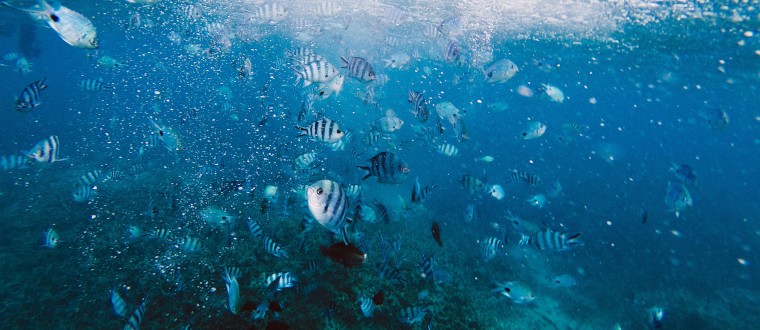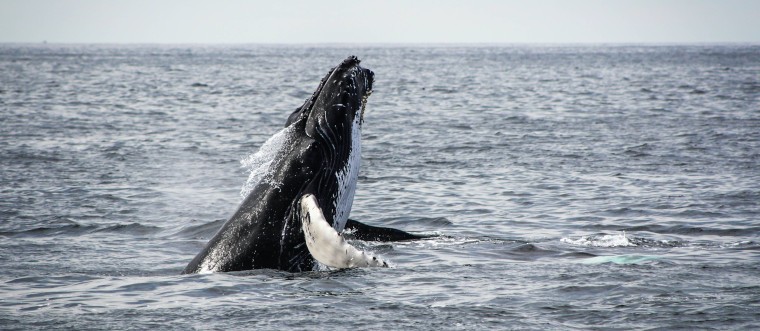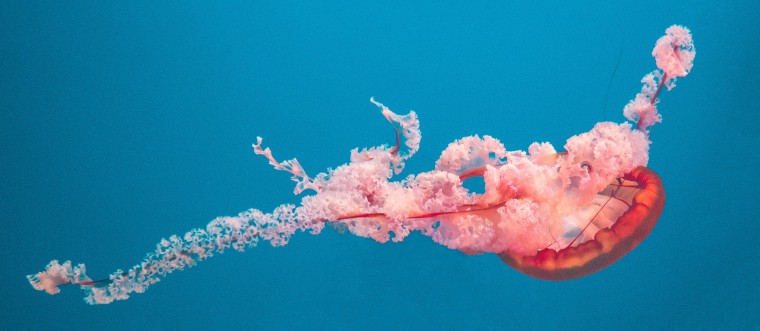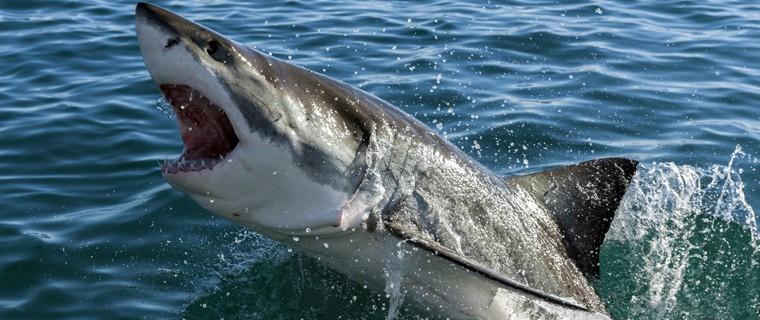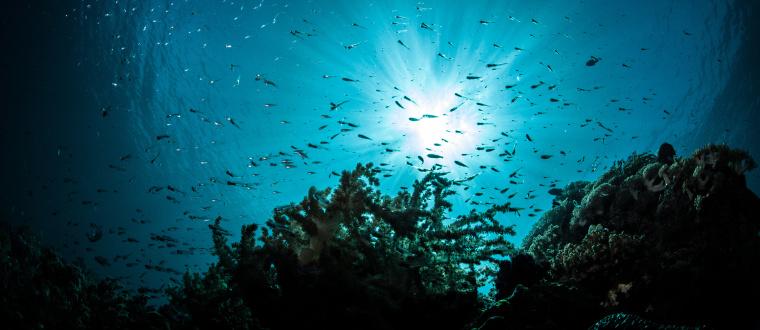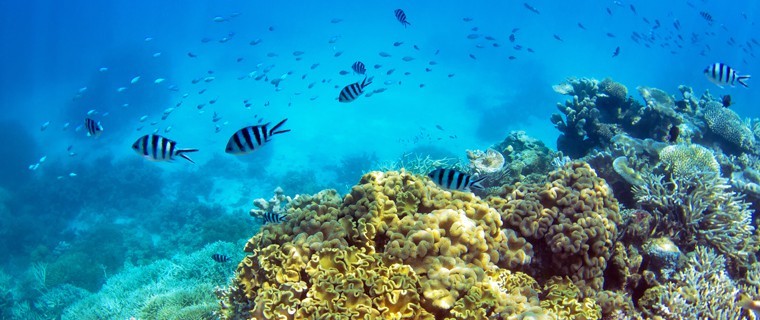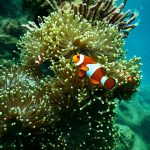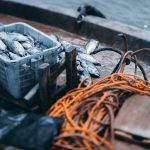Located in Northeast Scotland, Cairngorms National Park is the largest of its kind in the British Isles, but its wildlife has been threatened over the years, mostly due to a decline in trees in the area. This year, an initiative led by the River Dee Trust charity aims to plant one million trees
Coronaviruses (CoVs) can actually be found in different kinds of animals and they can cause neurological, respiratory and hepatic diseases among them.
As scientists and medical experts rally to find a cure or vaccine against this deadly virus, they are now looking to the bottom of the ocean for possible answers.
After having people encroach on their natural habitat for decades, animals above land and below water are having a new lease on life.
Although the invention of ships and other marine vessels has been greatly beneficial to humans, the noise they bring to the oceans has been detrimental to marine life.
Now that there are no people around their natural habitat, this population of pink jellyfish no longer feels threatened, making them rise to the surface.
The problem with plastic waste has long been a cause of debate for many countries around the world. But while several efforts have been made to help lessen the world’s waste, hundreds of sharks and rays are still dying.
For years people have looked up at the sky and wondered what it would be like to travel into space. The possibility of colonising another planet is exciting and fills us with a sense of immeasurable awe. But what if we turned our eyes a little closer to home?
Currently, 316 million plastic drink stirrers, 4.7 billion plastic straws and 1.8 billion plastic-stemmed cotton buds are used in England each year. But starting April 2020, the government plans to eradicate the usage of these plastic products by restricting their availability.
It all started with a documentary called “Chasing Coral” where a team from The Ocean Agency was able to film an extraordinary site in New Caledonia’s coral reef. The corals looked like they were glowing, but their rare vibrant colours weren’t because they were beautiful. It was a sign that they were dying.

